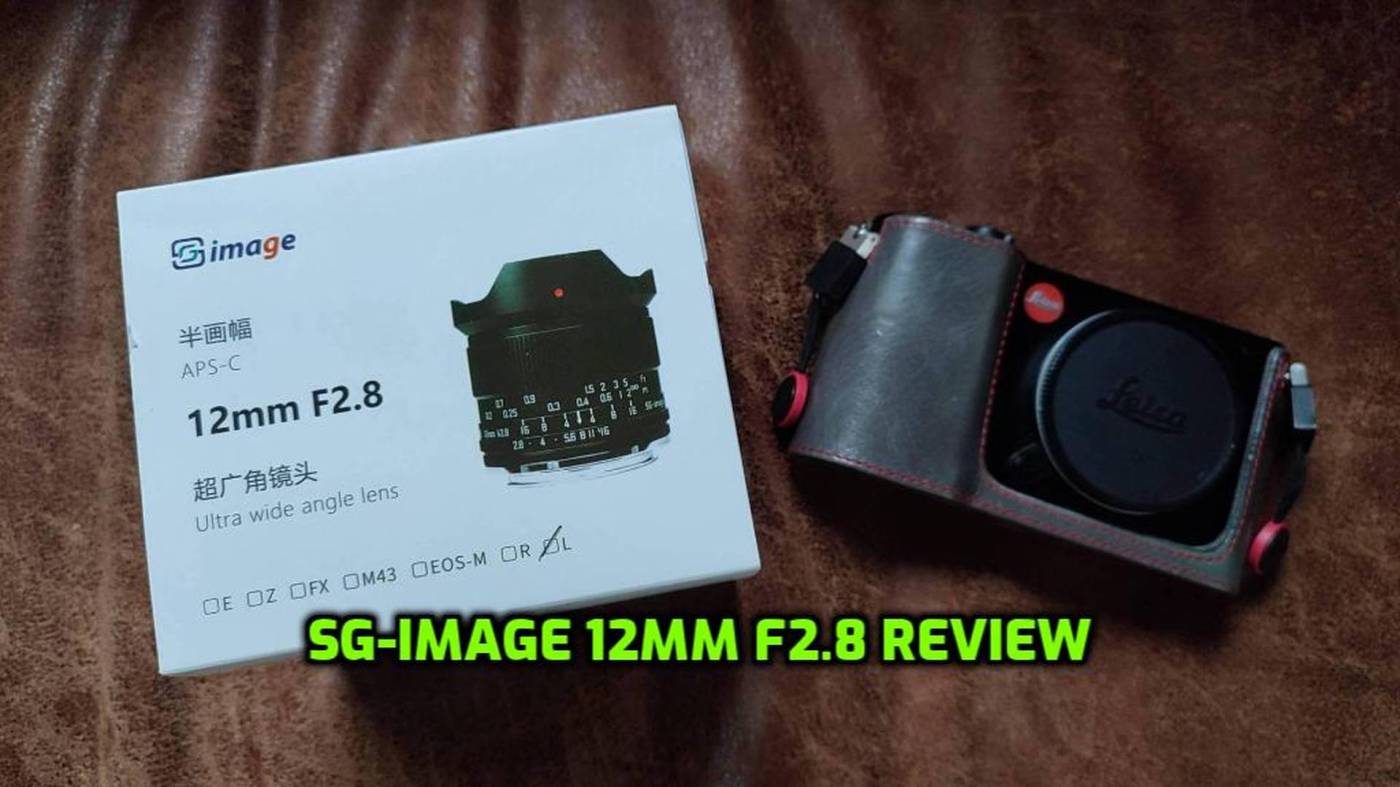First Impression:
I was so pleased with the SG-Image 25mm and 35mm lenses that I immediately ordered the 50mm and 12mm as well. I’ve already received the latter. So far, every delivery has come with a colorful floral-patterned strap—not really my style, but it might come in handy for someone else someday—along with a lens cloth, air blower, and dust brush, which are always useful.
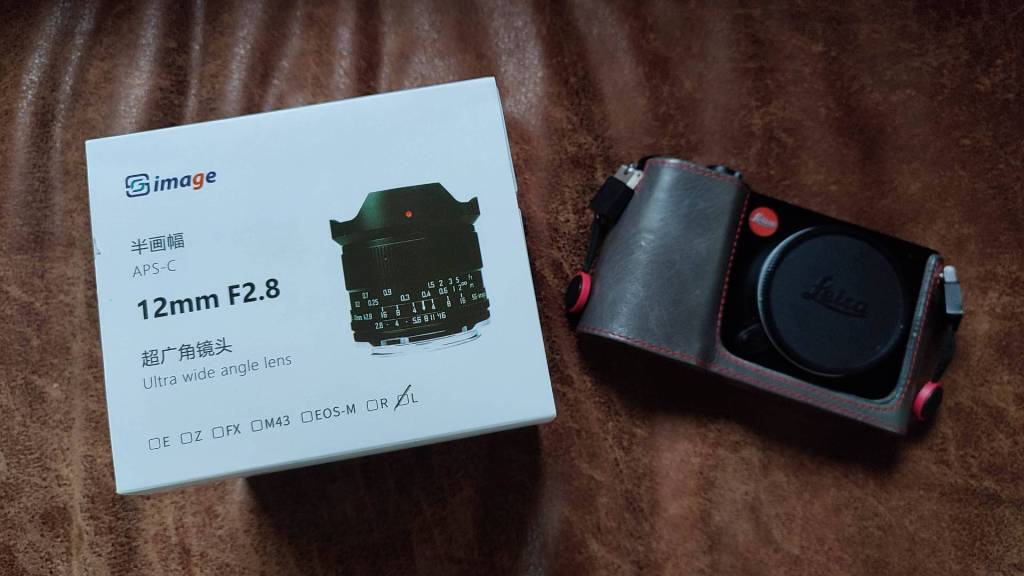
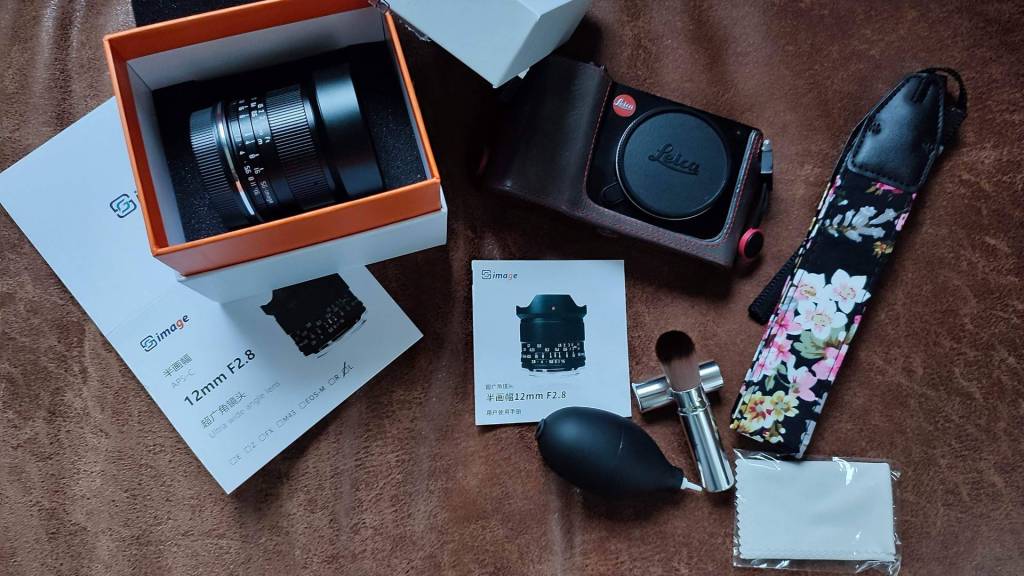
Each SG-Image lens arrives in the same type of box: a white cardboard box with an orange inner edge and black text with orange accents. Coincidentally, I had a few adapter and lens boxes from Viltrox lying around, and they look remarkably similar. Coincidence? Or could there be a connection between them?
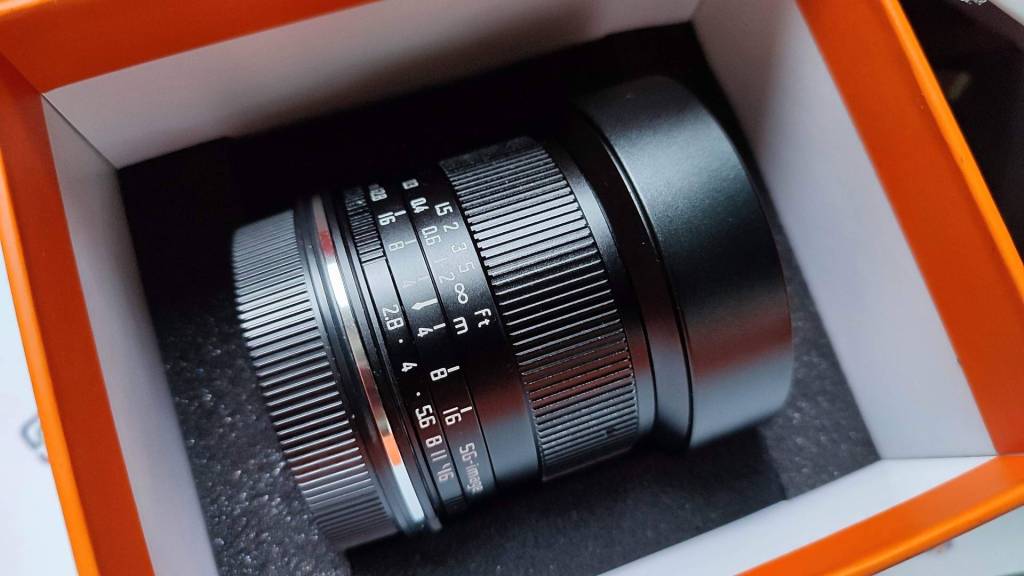
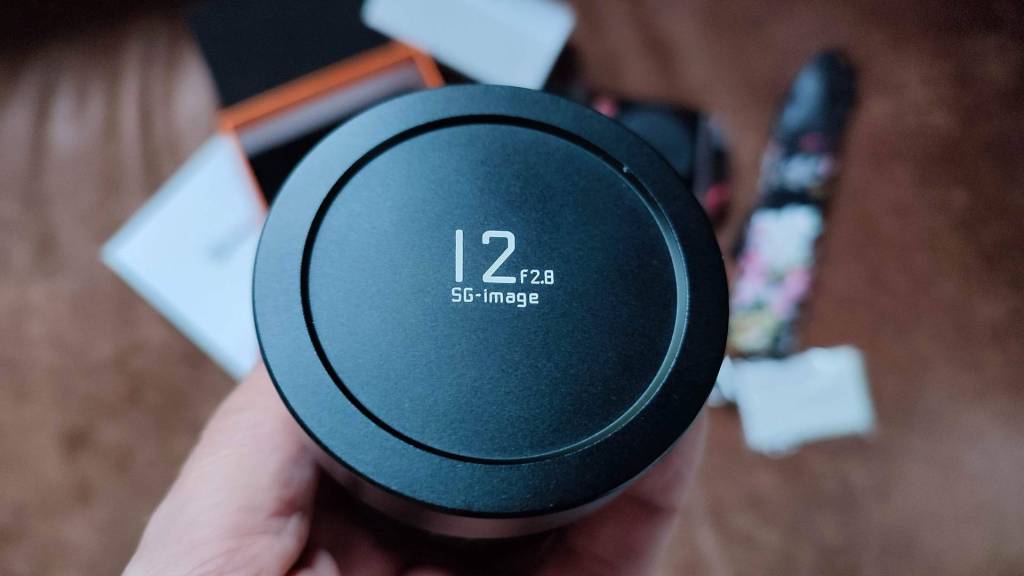
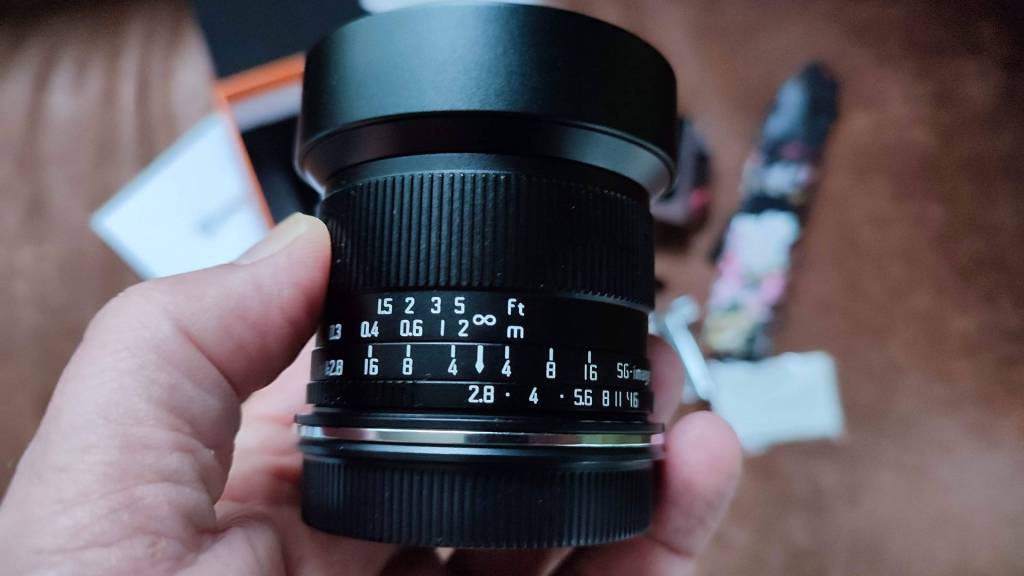
Like the 25mm and 35mm lenses, this lens is compact and feels solid. It’s all-metal, with the typical SG-Image lens cap that has the focal length printed on it—a handy feature! It also comes with a fixed metal lens hood. However, I noticed something upon examining this lens that I hadn’t seen when purchasing it: the fine aperture ring is set very close to the lens mount. Additionally, unlike the aperture rings on the other lenses, this ring sits almost flush with the lens barrel, making it more difficult to operate. I paid special attention to this while taking my first shots with the lens – more about this later.
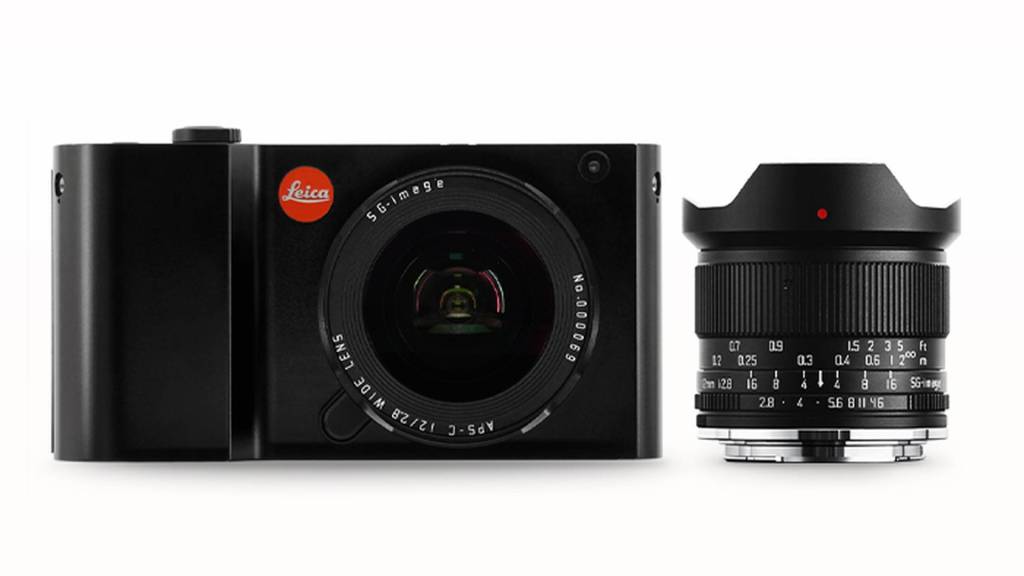
Above image courtesy of SG-Image
Specifications :
Aperture Range: f/2.8 to f/16 with a 7-blade design
Angle of View: 98°
Minimum Focus Distance: 200mm
Dimensions: Height 60mm, Diameter 63mm
Weight: Approximately 334g (varies by mount type)
Compatible Mounts: Nikon Z, Canon RF, M4/3, E-mount, Fuji XF, Canon EF-M, L-Mount
Sensor Compatibility: Designed for APS-C sensors, not suitable for full-frame cameras
Price:
Price Range: The SG-Image 12mm f2.8 is available for around €110-120, which is very inexpensive compared to competitors. The 7Artisans 12mm f2.8 is priced closer to €150, with the Mark II version even reaching €180. A Meike 12mm f2.8 starts at approximately €180, while the Brightin Star 12mm f2.0 sells for around €230. These are significant differences.
First Use:
The SG-Image 12mm is a small, robust lens, and you can really feel it—when mounted on the Leica T, the camera tends to tilt forward from the lens’s weight. Though the weight is relatively modest, this lens is still around 100 to 150 grams heavier than other lenses with the same focal length.
Focusing with the large focus ring is smooth, offering just the right amount of resistance for precise adjustments. On the Leica T, which lacks focus peaking but has magnification, I noticed that the image gives a slight tremor when the subject comes into focus. Out-of-focus areas are, of course, blurry, yet this lens is surprisingly forgiving—even at f/2.8. Achieving reasonably sharp images isn’t difficult, thanks in part to the wide angle, which provides a large depth of field even with the aperture fully open.
The aperture ring, however, presents a different challenge. It’s not that it’s hard to turn—it’s just nearly impossible to reach. The ring is far too narrow and barely elevated above the lens barrel, which is quite a drawback. This is something to consider, as otherwise, this lens is a gem, like other SG-Image lenses. While comparing lenses later, I delved further into the inconvenient aperture ring placement. It turns out that other brands like 7Artisans, Meike, and Brightin Star also position their aperture rings near the lens mount. However, in all those cases, the rings are at least slightly, if not significantly, wider, making them easier to handle. This is worth keeping in mind when using the SG-Image lens.
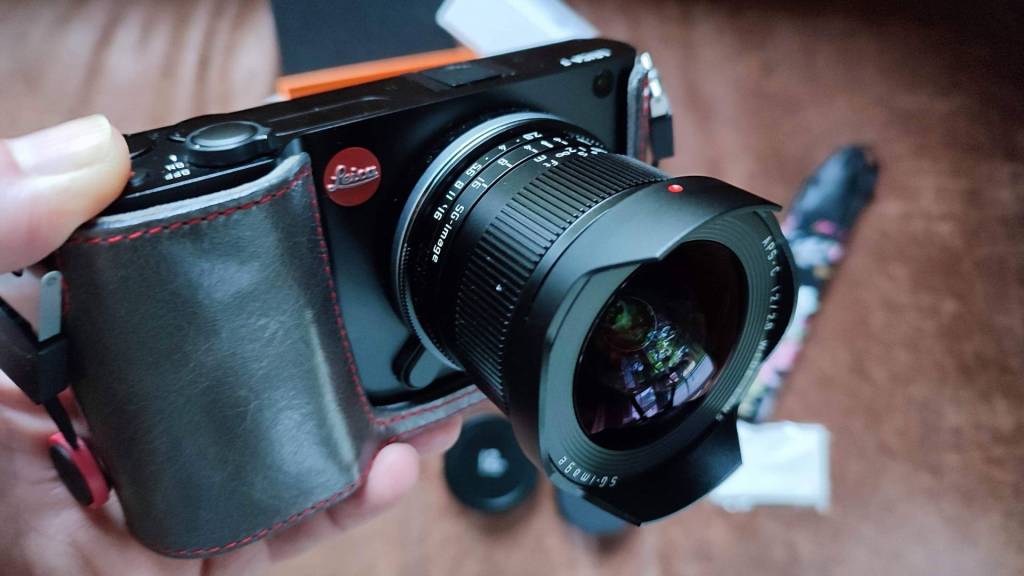
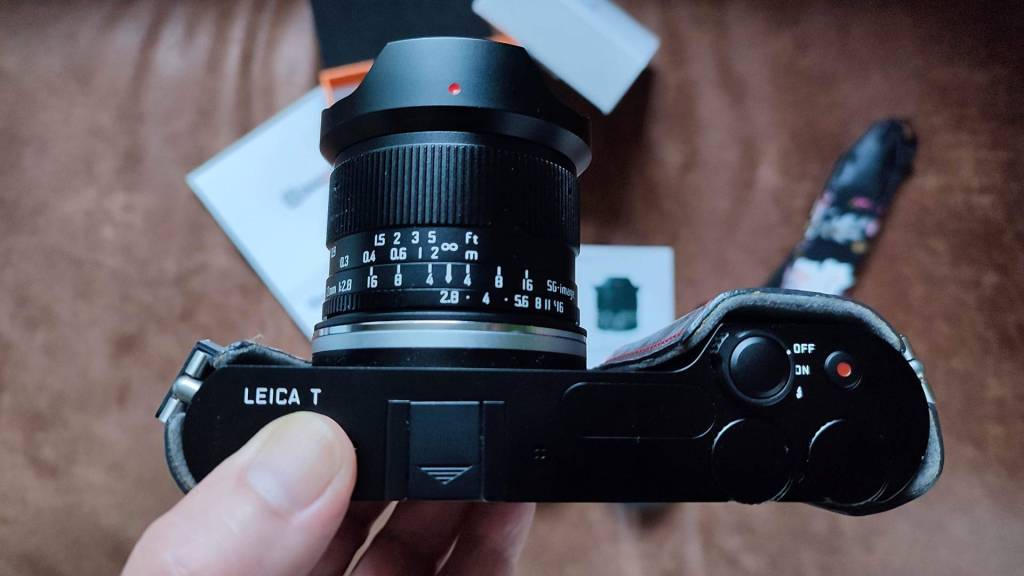
Image Quality:
The image quality is good—perhaps it could use a bit more contrast, but that’s easily adjusted afterward if needed. Occasionally, I noticed slight color shifts, especially in high-contrast situations with bright skies or strong backlighting. For example, in the forest, leafless branches standing out against a bright sky had a slight purple tint. Again, this is easy to fix in post-processing.
You might wonder, “But does it require post-processing often?” Not really—this effect only appears in certain cases. Otherwise, the lens performs very well. It’s easy to focus sharply and produces crisp images, even at f/2.8, though the edges can be slightly blurry, which isn’t unusual at that aperture.
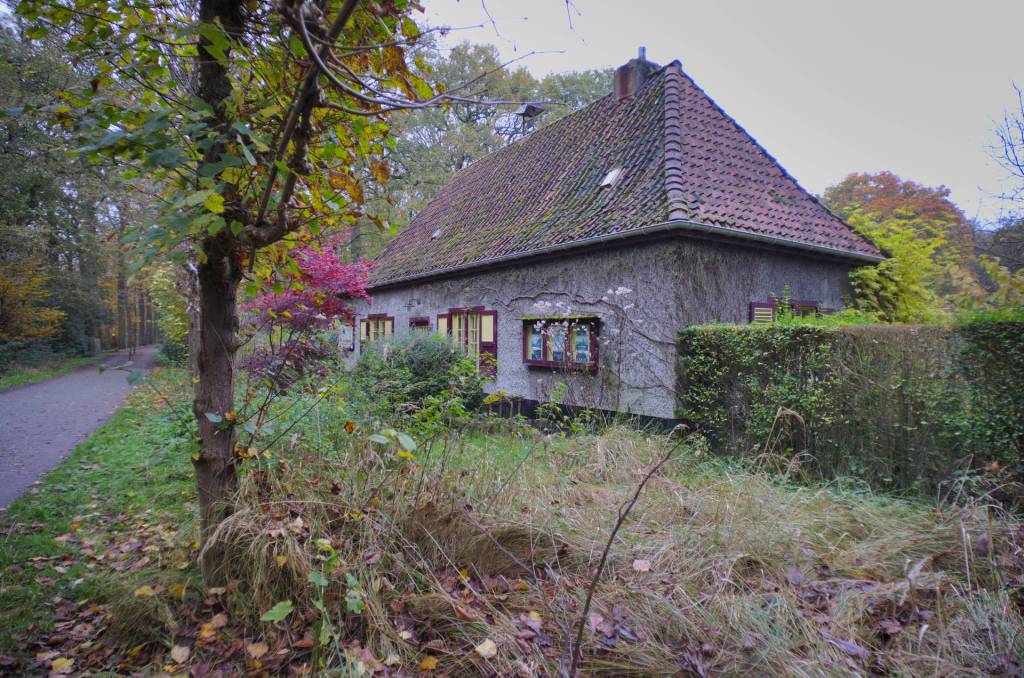
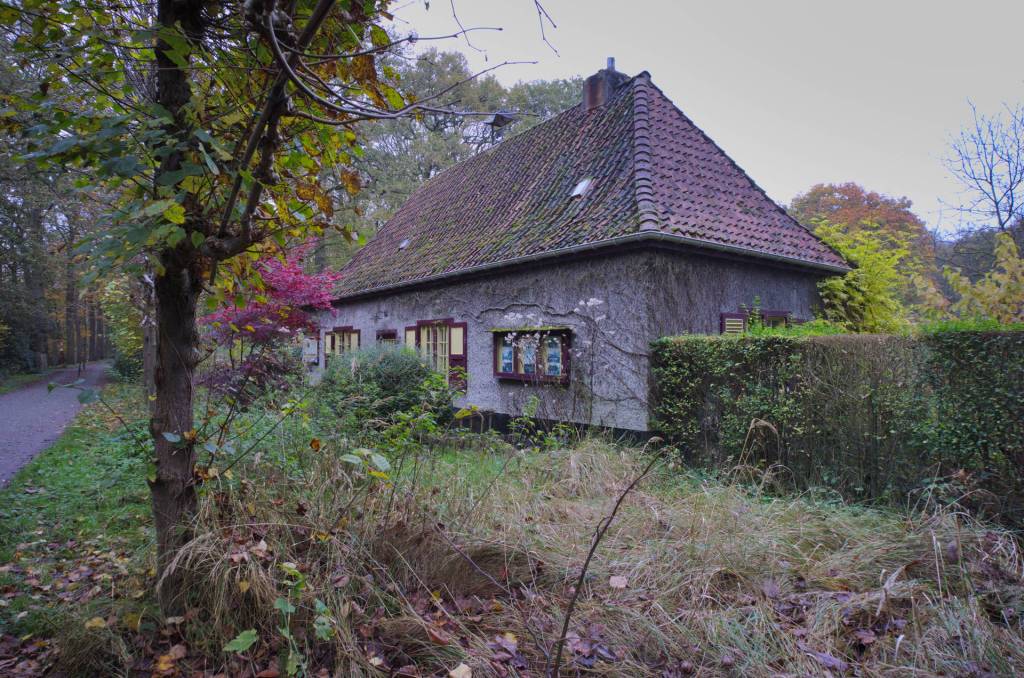
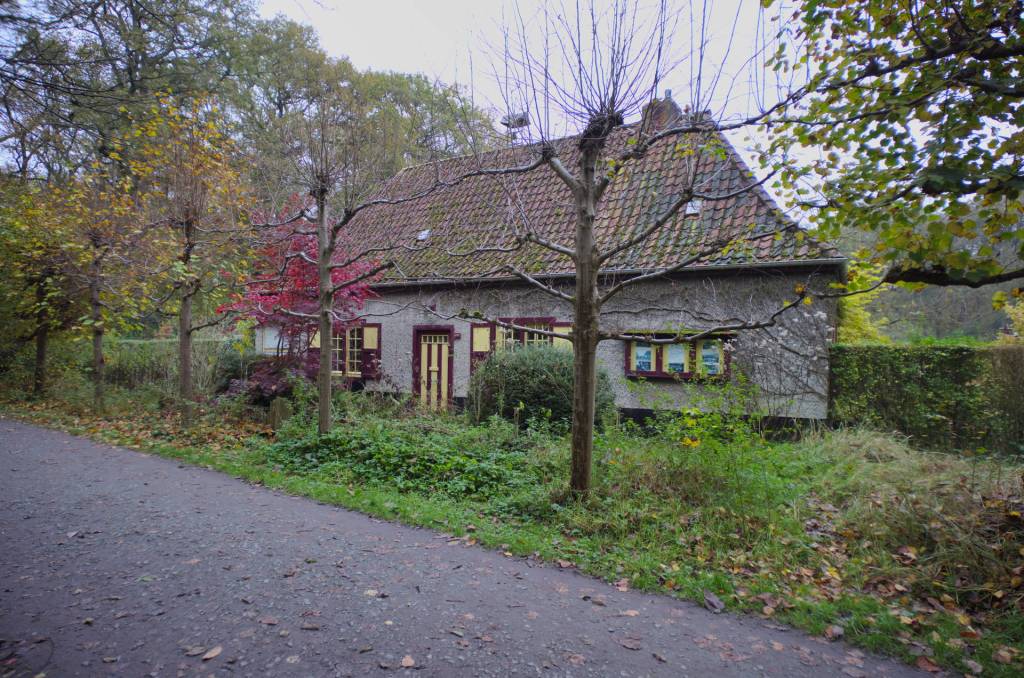
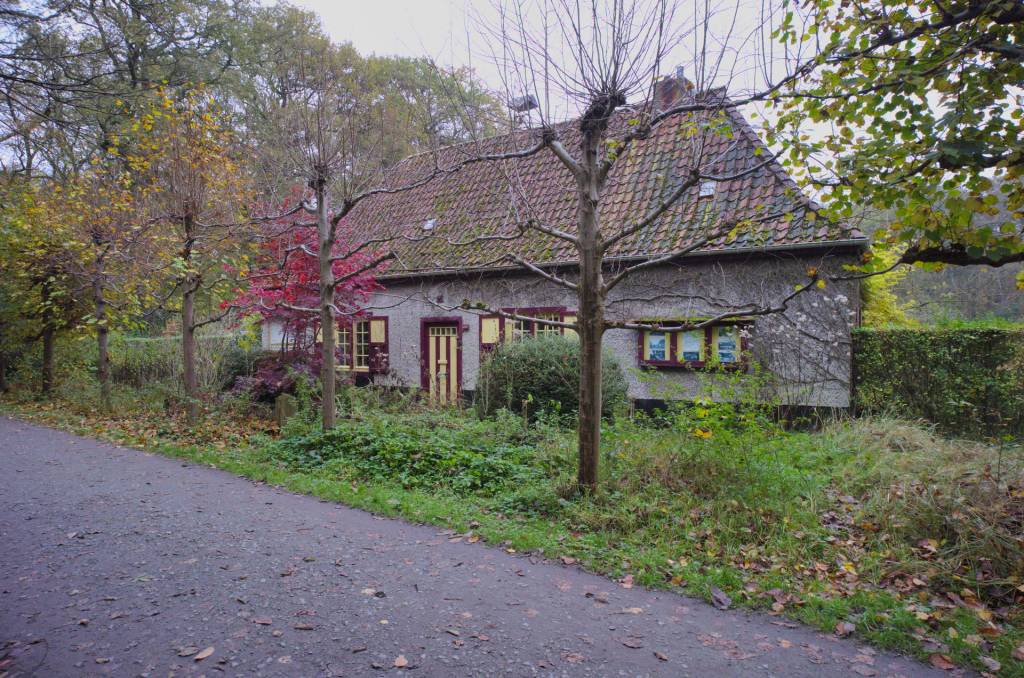












Here are a few shots from last Sunday. At first, I wasn’t planning to go out because the past few days had been dark, rainy, and frankly quite depressing. But then I read James Moore’s latest article. He had ventured out in similarly miserable weather in North Devon, and his story inspired me to give it a go.
I dusted off my e-mountain bike, and what started as a small ride turned into a 35 km tour. To my surprise, there was no rain, no gloomy clouds—just a touch of sunshine!
The following photos were taken with the Leica T, SG-Image 12mm and developed in RawTherapee using the Adobe Leica Vivid profile, along with some color toning and a few other tweaks.
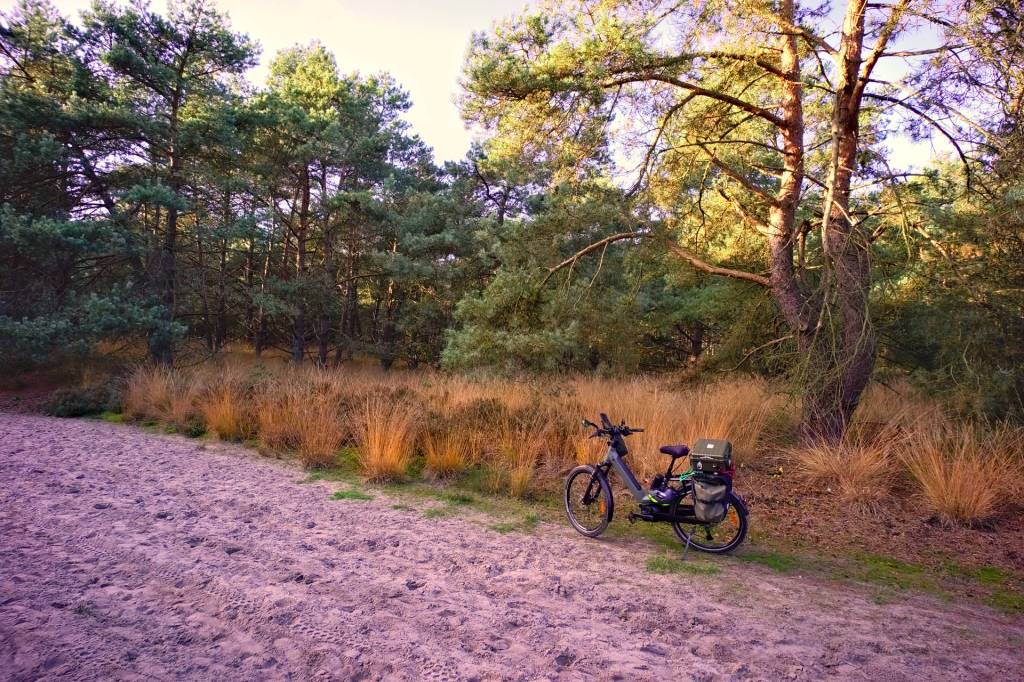



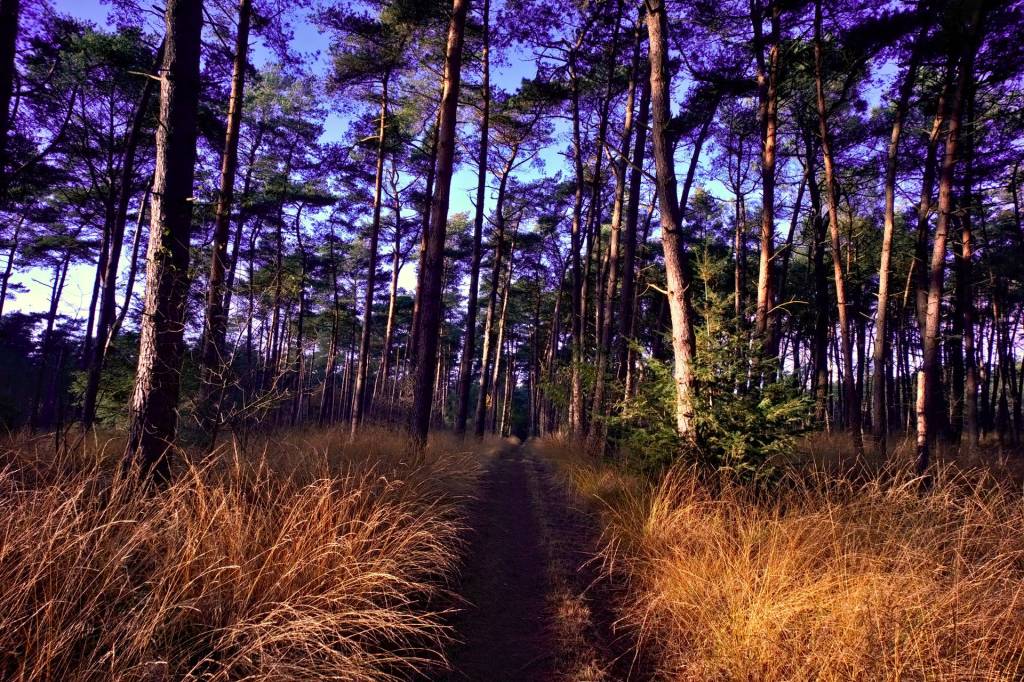
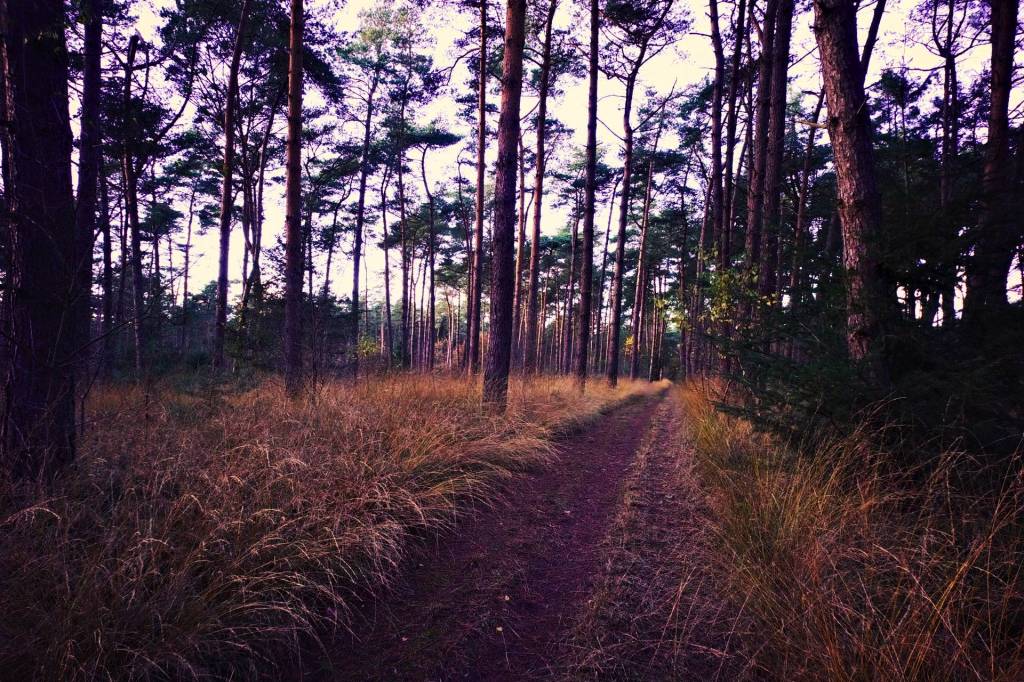
Conclusion:
This lens delivers very good performance and image quality at all aperture values, though it does have a challenging aperture control. On the positive side, it’s available at a very affordable price and produces impressive image results. The high-quality visuals likely stem from its structure, with 10 elements arranged in 8 groups—a lot of glass for the price! This design choice also explains why this compact lens feels so heavy.
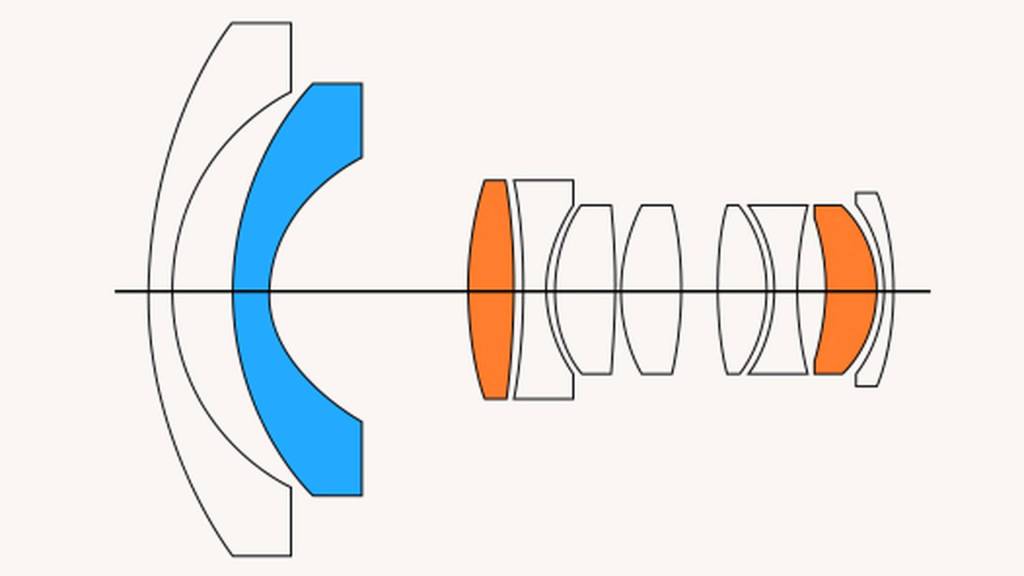
Above image courtesy of SG-Image
The aperture control is the one major drawback and could be a dealbreaker for many. It’s a missed opportunity for SG-Image, as this issue could have been anticipated and addressed. Currently, I’m exploring potential solutions, such as a finger or thumb rest that can be attached to the focus ring to make adjustments easier.
Hope you liked my short review.
Until next.
Marc.
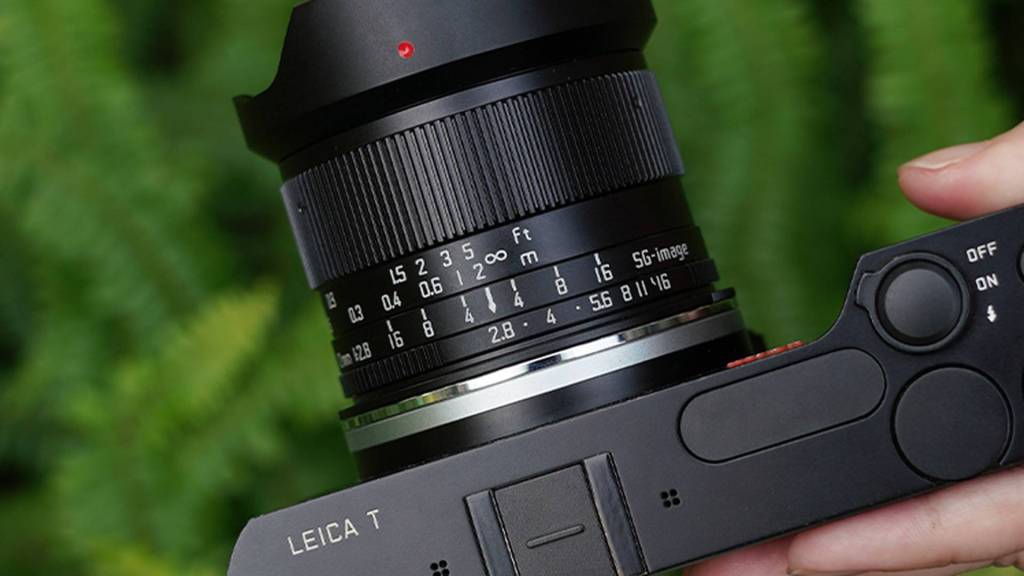
Above image courtesy of SG-Image
Lens Line-Up : http://www.sg-image.com
Discover more from Open Source Photography
Subscribe to get the latest posts sent to your email.


